DVE-News/TV reporters visit the Homestead School and bio dome
Matamoras. Homestead School students learn by doing. They eat the fruits and vegetables that they grow. They made a cob oven to make fresh pizza. They shear sheep, make wool yarn, keep bees, and make maple syrup too.
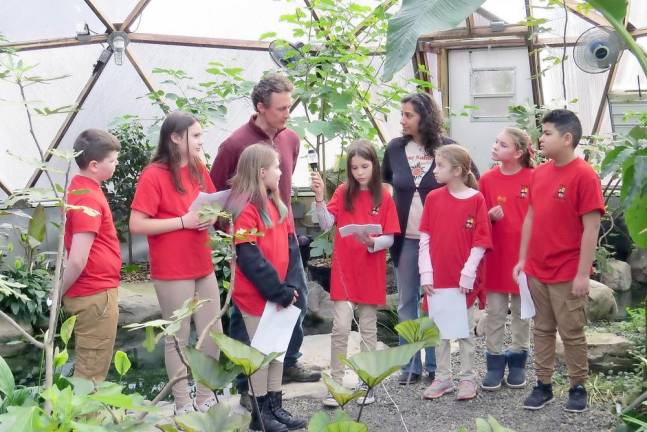
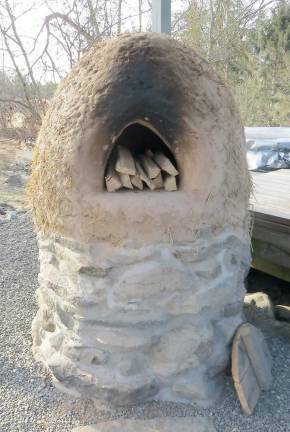
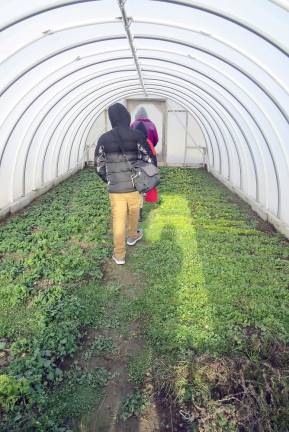
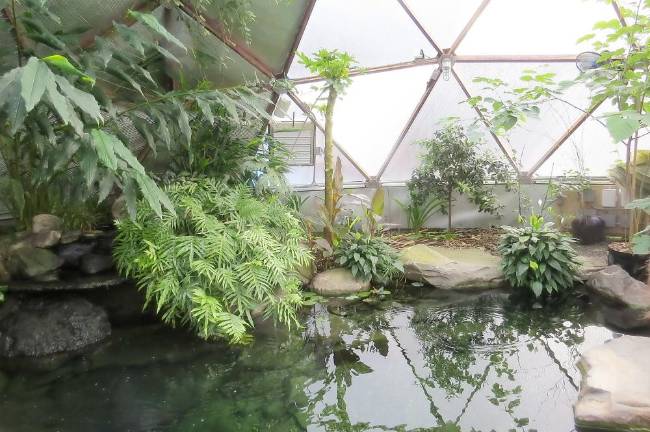
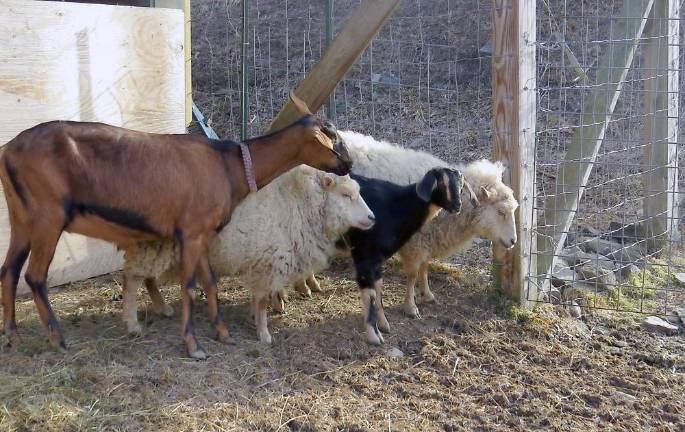
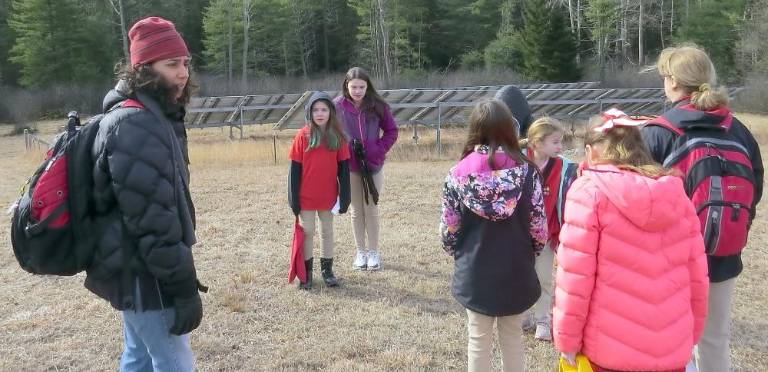
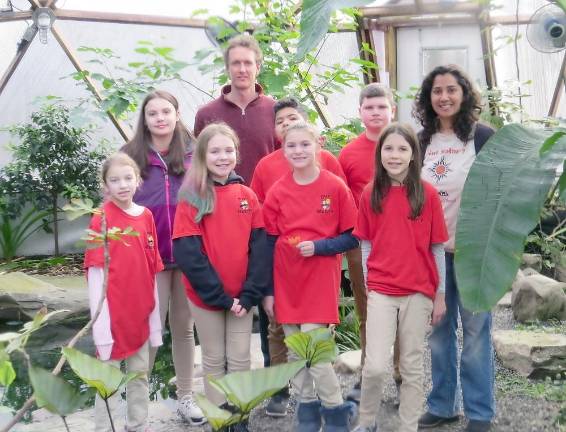
On a very chilly Thursday, the DVE-News/TV reporters went to the Homestead School in Glen Spey, N.Y., to see their bio dome and to interview Ms. Nisha Gupta and Mr. Jack Comstock. They both teach seventh- and eighth-grade students.
Two years ago they decided to build a bio dome. They decided to build it as the students could learn more in the bio dome than in a regular classroom with textbooks. It took a year to plan and a month to build. Jack, Nisha, and five other people helped. Some students helped design the interior structure. Besides plants and flowers, there are fish, beetles, ladybugs, toads, and tree frogs in there. They are trying to encourage butterflies into the dome. Jack decides what to plant or put into the bio dome.
The benefits of having a bio dome in the school is studying plants in real life, not in a textbook. They learned about construction, making less of a carbon footprint, and discovering plants from other areas. They use the dead or dying plant leaves for their mulch.
The school gets to eat the fruits and vegetables they grow. These are just some of the plants in the bio dome: kumquats, bananas, avocados, strawberries, pineapple, lemon, hot red peppers, mangos, ginger, and turmeric. The students are encouraged to enjoy the bio dome by going inside and just listening, or enjoying the tranquil nature. Sometimes they draw sketches, sometimes they swim in the pond with the koi fish.
The bio dome is self-contained. The plants take care of the pond water quality. There are no chemicals in the water. There is a waterfall. The plants are chosen to help filter the water. It is so humid inside that the plants rarely need to be watered.
The hardest part of taking care of the bio dome are the plants. If the wrong insects get in, like the avocado plant, they need to use rubbing alcohol on a towel and individually wipe each leaf and stem to get rid of them. They do frequently change the plants around as they grow.
The best part of having the bio dome is the students having a quiet place to relax and study. No animals ever broke into the bio dome, thankfully. They do allow some insects in to help with the plants. They allow ladybugs, beetles, and are trying to get butterflies into the dome.
Other outdoor projects that they have at the school are the cob oven they can use to make fresh pizza. The cob oven is made out of hay, straw, sand, and clay. There are also bricks inside to keep the oven warmer. The oven can get to 700 to 800 degrees. They also have solar panels, and they haven’t had to pay electric in 10 years.
The students help tend to the animals like sheep, goats, and chickens. Their special goats have the best milk, very comparable to cow’s milk. They shear the sheep, make wool yarn out of it, dye it, and then make clothing out of it. The kids made an ice skating rink. A student also learned to keep bees and honey. They collect maple syrup and cook it there. Middle school age students made their own playground!
They reduced their waste by 50 percent last year by recycling more than ever. They mulch a lot more than they ever did. They also now use Trex recycling as a way to recycle plastic bags and Ziploc bags. That really helped them to reduce waste!
They also have tube greenhouses that do not need to be heated in the winter. They grow spinach, cilantro, and thyme. Everything is hands-on at the school. They feel it is easier to learn by doing than just reading a textbook. Having the bio dome is definitely better for the students to learn and experience for themselves.
We really appreciated our time at the Homestead School and enjoyed learning so much about different ways to teach! Thank you Ms. Gupta and Mr. Comstock for your time and knowledge!
By DVE-News/TV reporters Daisy Burnett, Juliet Lee, Makaylee Kalitsnik, Drew Wallace, Daeton Vazquez, Keira Mulzet, and Alexandra Morton
They reduced their waste by 50 percent last year by recycling more than ever. They mulch a lot more than they ever did. They also now use Trex recycling as a way to recycle plastic bags and Ziploc bags. That really helped them to reduce waste!